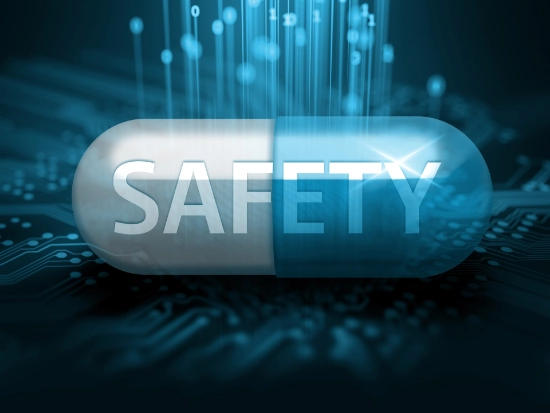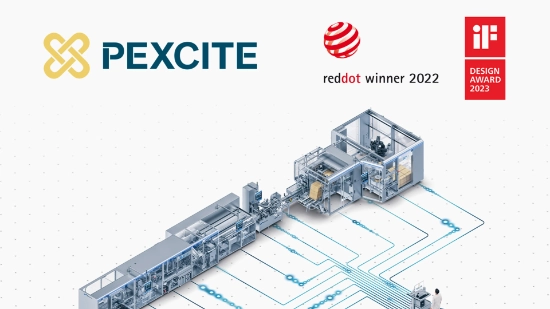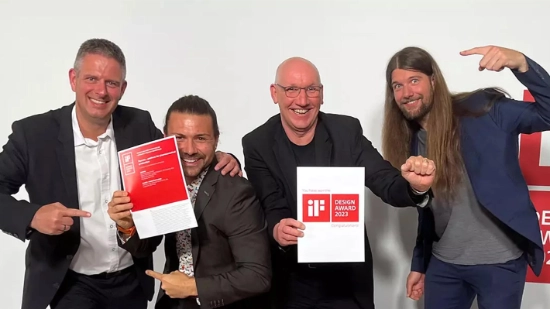Traceability in the pharmaceutical industry: A clear way to safe medicinal products
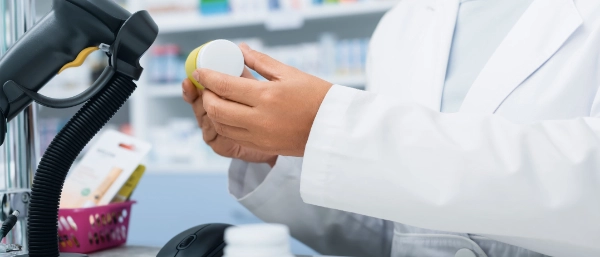
Counterfeiting of medicinal products is a globally increasing problem. Traceability through serialization of drugs is one solution.
What does traceability mean?
The standard DIN ISO 8402 defines traceability as the ability to trace the history, application or location of an entity by means of recorded identifications". In terms of the pharmaceutical industry, this means to make the path of a drug transparent through all phases of production, processing and distribution. As such, traceability makes it possible to verify the authenticity of medicines and detect counterfeit products by having a clearly documented and traceable origin and distribution channel for each medicine by means of a serial number.
Why is traceability particularly important in the pharmaceutical industry?
The most important reason for the serialization of medicines is patient safety. Marking with a serial number ensures that patients only receive genuine and effective medication. With modern tracking methods, counterfeit or low-quality products can be identified and removed from the supply chain before they can do harm.
In addition, traceability is an important tool in the fight against counterfeit medicines. Plagiarism not only endangers human health, but also damages the pharmaceutical industry whether by infringing on patent rights or by causing a loss of reputation and trust.
Last but not least, tracking methods make it possible to trace all movements of a medicine through the supply chain. This increases transparency and make it possible to respond quickly when needed, e.g. in case of recalls.
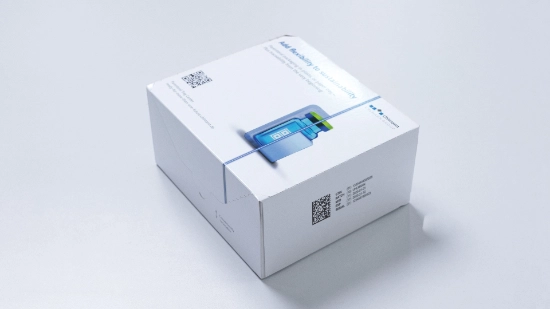
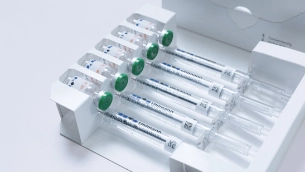
Counterfeit medication – a globally increasing problem
- approx. 50% of the medications offered and purchased online worldwide are counterfeit¹
- approx. 16%of counterfeit medications have fatal consequences for patients²
- > 10 bn €economic damage caused by counterfeit medicines in the European Union³
Track & Trace – the Uhlmann solution for serialization
With Track & Trace as part of our Pexcite software platform, we are offering a solution for clear marking and tracking of your products along the entire delivery chain right to the patient.
Benefit from
- seamless tracing of your products,
- a graphical user interface that makes your processes transparent and reliable and
- a solution that we can tailor to your specific requirements and all country-specific legal stipulations.
Regulations on traceability
The global pharmaceuticals market is strictly regulated. This includes continuous serialization, which minimizes risks for both patients and manufacturers. However, the requirements for track-and-trace solutions vary globally.
When it comes to tracing pharmaceuticals and medicinal products, most countries rely on the proven GS1 standard, which has been assigning product identification numbers and thereby making goods unique across the globe for some time.
This is the standard used by the European Union, for example, which installed a system for reliably verifying the authenticity of medications in 2019 with its Falsified Medicines Directive (FMD, Directive 2011/62).
The FMD Directive stipulates two safety features:
- A temper-evident closure, which indicates whether a package has been opened, is intended to ensure the authenticity of the contents.
- An individual serial number is intended to make every sales unit of prescription-only medication uniquely identifiable. A 2D barcode in line with the specifications of GS1 is used for this.
Pharmacies and other authorized bodies that dispense pharmaceuticals and medicinal products to patients scan the barcode and verify it via the European Medicines Verification System (EMVS) before the medication is handed over.
The following process shows the ideal, typical process that we support with our Track & Trace solution.
„Uhlmann has been a partner for the pharmaceutical industry for more than 75 years. This experience forms the basis for our comprehensive Track & Trace solutions. We offer not only machine solutions, but also software solutions that are rounded off with comprehensive consulting and services from a single source. As a GS1 solution partner, we can access the GS1 database at any time with all globally applicable track-and-trace legislations. We help to advance global standards and offer our customers comprehensive solutions for reliable, error-free and agile processes along the entire value chain. ‟

Georg Schick
Strategic Product Manager Track & Trace



